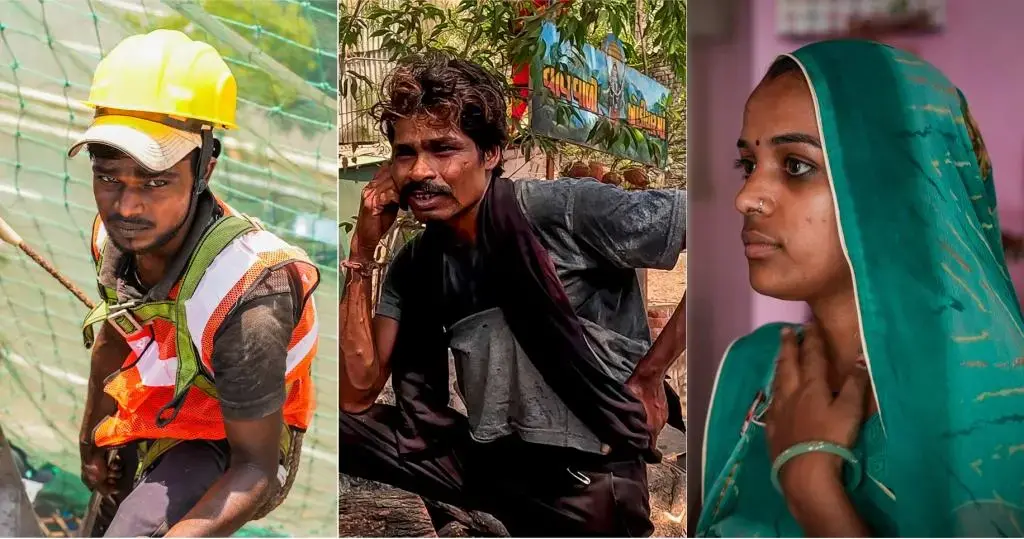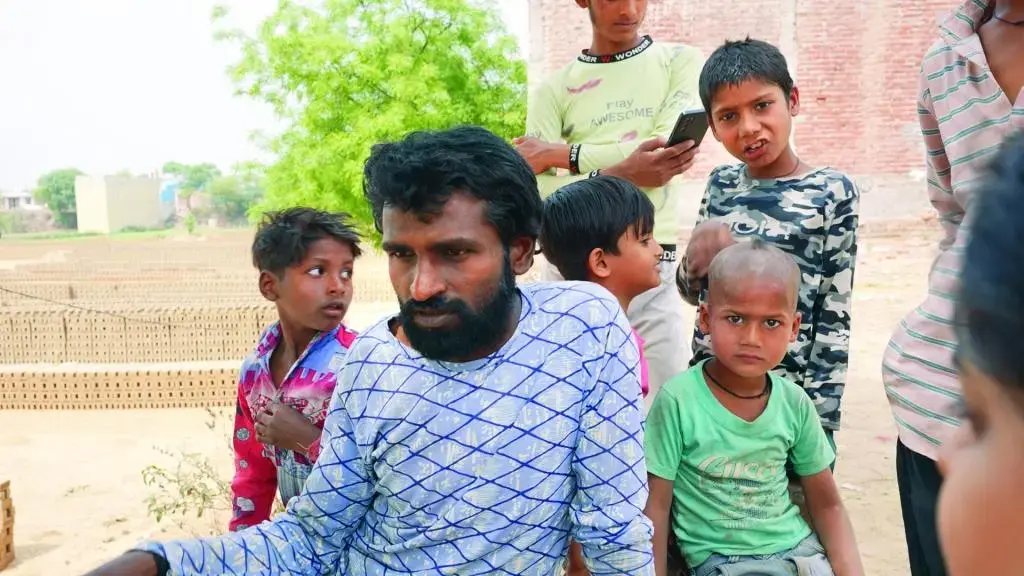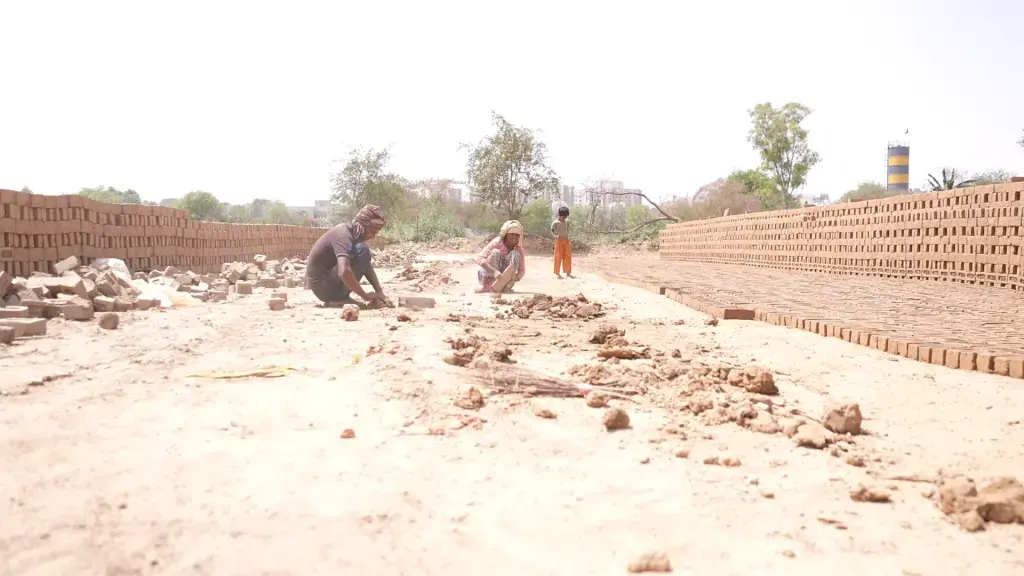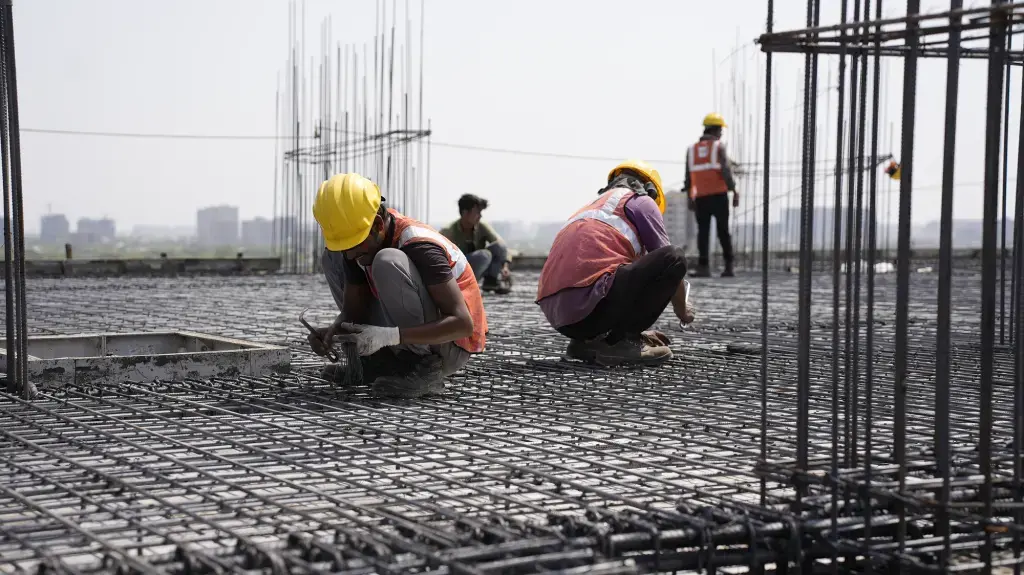Many have died in the violence after university students and job aspirants protested a reservation system for government jobs.
Md Tahmid Zami, Thomson Reuters Foundation
 Students protest against quotas in government jobs at Dhaka University on July 17. | AFP
Students protest against quotas in government jobs at Dhaka University on July 17. | AFPCampus protests across Bangladesh against public-sector hiring quotas turned deadly this week, illustrating the severity of a jobs crisis in the world’s seventh-most populous nation.
Protesters are calling for reform of a quota system that reserves more than half of highly sought-after government jobs for certain groups, including women, the disabled and the descendants of veterans of the 1971 War of Independence.
The country’s High Court last month reinstated the quotas, which the government had abolished in 2018.
The intensity of the student backlash, which has left at least 12 people dead in clashes between protesters and government supporters, lies in part in a faltering economy that has failed to create enough jobs for young people who make up more than a quarter of the population.
“The context of the quota reform movement is about precarity, or persistent insecurity about employment and income, faced by the young people,” said Rashed Al Mahmud Titumir, a professor of development studies at the University of Dhaka and chairman of the economic research think tank Unnayan Onneshan.
Nearly one in five Bangladeshis between the ages of 15 and 24 are not in a job nor a classroom, according to official statistics from 2023.
University graduates face higher rates of unemployment than their less-educated peers, and about 650,000 graduates are among the more than 2 million young people entering the job market each year.
University libraries are filled with young graduates cramming for the civil-service exam, vying for scarce government jobs that promise job security, good income and prestige.
In last year’s recruitment test, some 346,000 candidates competed for just 3,300 jobs, according to local media.
Blue-collar jobs are now also harder to come by, even as the textile and garment sector, Bangladesh's biggest employer, sees stellar growth.
Exports have jumped fourfold to $40 billion since 2008, according to data from industry group BGMEA, but employment across private sector jobs has stagnated.
“For a country that seeks to ride a demographic dividend – that is, the economic benefit of having a large, economically active youth [population] – the job crisis faced by youth is a deadweight loss," said Titumir.
Women in protests
Large numbers of women have joined the campus demonstrations, and scores of female students were hurt when the protests turned violent this week.
Young women are in an especially precarious position when it comes to access to education and work, with government surveys showing 27% of women and girls aged 15 to 24 lack work or an education, compared with 10% of young men. Titumir said this leaves them more susceptible to domestic abuse and poverty.
A key point of contention is over the 30% of civil service jobs reserved for the children and grandchildren of “freedom fighters” who fought in Bangladesh's liberation war against Pakistan. Protesters argue that far fewer jobs should be earmarked for grandchildren of fighters.
Farhana Manik Muna, a protest organiser in the city of Narayanganj, said activists want the government to form a commission to propose reforms to the quota system.
“We are not calling for a wholesale cancellation of all quota reservations. Rather, we want a reasonable approach towards helping disadvantaged groups,” she said, including members of Bangladesh’s small Indigenous communities and people with disabilities.
Protesters are demanding that more people are recruited based on merit.
Training mismatch for jobs
Other activists said Bangladesh needs a far more comprehensive strategy to improve the employment market.
“We want reform in the recruitment for government jobs, but also a programme for creating employment throughout the economy,'“ Nahid Islam, the coordinator of the quota reform movement, told Context.
Titumir described a “large mismatch” between what universities are teaching and the skillsets required for work that is in high demand, such as masons and electricians.
The lack of work has forced millions of low- and unskilled workers to find jobs overseas in order to send home small remittances, while Bangladesh faces a “brain drain” at the same time as qualified graduates settle in higher-income countries.
Meanwhile, companies and development organisations often recruit professionals from other countries for managerial and skilled technical jobs.
The government approved more than 16,000 foreign work permits last year, according to news reports citing the Bangladesh Investment Development Authority. It was not immediately clear how many of those permits were for skilled professions.
“We need to ask what skills would a Bangladeshi young professional need to climb to those managerial jobs,” said Taiabur Rahman, a professor at Dhaka University.
For activists like Islam, solving the jobs riddle is their best shot at a decent future for themselves and their families.
“Ultimately, what we need is fair opportunities and better skills for young people in the country,” he said.
This article first appeared on Context, powered by the Thomson Reuters Foundation.














